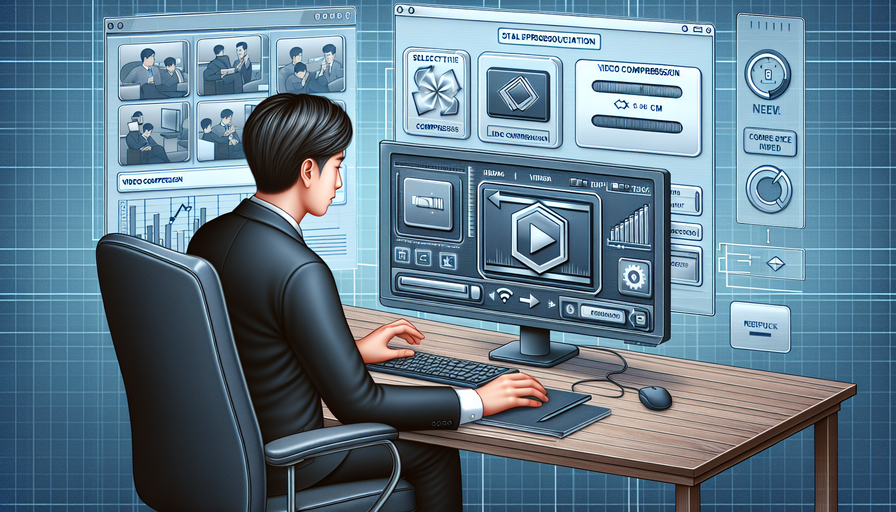Are you ready to upgrade your operating system to Windows 10? Installing a new OS can seem like a daunting task, but with the right guidance, it can be a smooth and straightforward process. In this guide, we will walk you through the steps to install Windows 10 on your computer.
Step 1: Check System Requirements
Before you begin the installation process, make sure your computer meets the minimum system requirements for Windows 10. You will need at least a 1 GHz processor, 2 GB of RAM for a 64-bit system or 1 GB of RAM for a 32-bit system, and 20 GB of free hard disk space.
Step 2: Back Up Your Data
It’s always a good idea to back up your important files and data before installing a new operating system. You can use an external hard drive or cloud storage services to ensure that your data is safe in case anything goes wrong during the installation process.
Step 3: Create Installation Media
To install Windows 10, you will need to create installation media using either a USB flash drive or a DVD. You can download the Windows Media Creation Tool from Microsoft’s official website and follow the instructions to create your installation media.
Step 4: Boot From Installation Media
Once you have created your installation media, insert it into your computer and restart the system. You may need to change the boot order in BIOS settings to boot from the installation media. Follow the on-screen instructions to begin the installation process.
Step 5: Follow Installation Prompts
During the installation process, you will be prompted to choose language preferences, enter product keys (if required), select the drive where you want to install Windows 10, and customize settings such as time zone and keyboard layout. Make sure to read each prompt carefully and make selections according to your preferences.
Step 6: Complete Installation
Once you have gone through all the prompts and made necessary selections, Windows will start installing on your computer. The installation process may take some time, so be patient and do not interrupt it until it is completed. Your computer will restart several times during this process.
Step 7: Set Up Windows
After the installation is complete, you will be guided through setting up Windows by creating user accounts, choosing privacy settings, connecting to Wi-Fi networks (if applicable), and customizing other preferences. Once everything is set up according to your liking, you are ready to start using Windows 10!
By following these steps carefully, you can successfully install Windows 10 on your computer and enjoy its features and improvements over previous versions of Windows.


